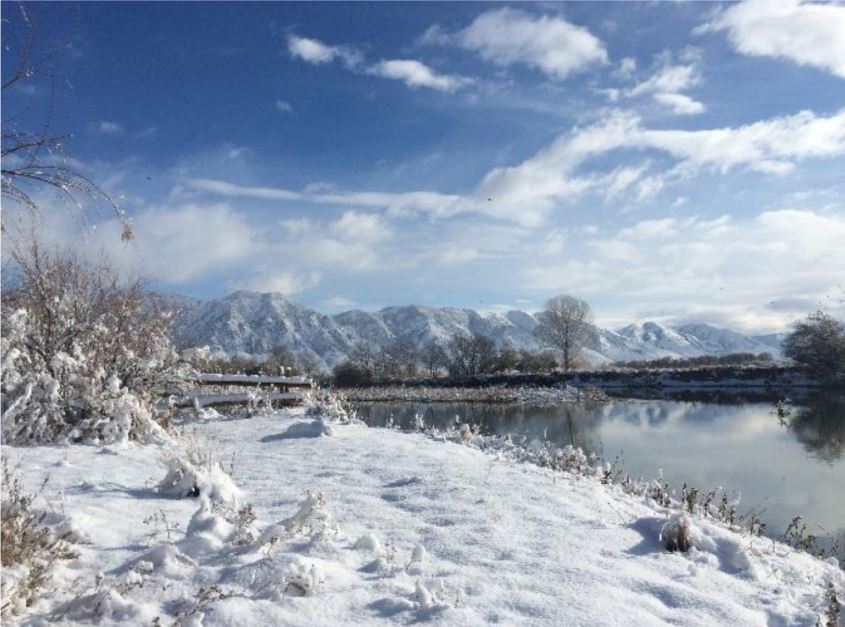
The Bear River Development Process Team announced today that it believes the Bear River Development Project can likely be further delayed as a result of regional water conservation efforts and the implementation of innovative programs like secondary water metering.
An updated project demand year estimate will be considered when new regional population projections are evaluated and new regional water conservation goals are set.
The development team includes representatives from Utah Division of Water Resources (DWRe), Weber Basin Water Conservancy District, Jordan Valley Water Conservancy District, Cache County, and Bear River Water Conservancy District.
The Utah State Legislature proactively created the Water Infrastructure Restricted Account (WIRA) two years ago to help with financing large water infrastructure replacement and construction. This announcement allows for more time to develop sufficient WIRA balances and possibly some intermediate financing of aging federal infrastructure replacement.
“The challenges of future growth will be met through multifaceted solutions, including conservation, technological innovations, improved infrastructure and new development where necessary,” said Marisa Egbert, process manager for the Bear River Development. “Further study of the Project and the continuing efforts of local regions and conservancy districts are helping us better understand the project need and its timing.”
Eric Millis, DWRe director, and others remember when the water was projected to be needed in 2015. However, that need was delayed decades through water conservation, the development of other resources, and agricultural conversion. More recent estimates showed a need for the project around 2040. Emergence of effective secondary water metering technology, further water conservation and local project opportunities are projected to postpone the need even further into the future.
Weber Basin Water Conservancy District has preliminarily determined, through data gathered from the thousands of meters it has already installed and tested, that secondary water metering, combined with education, can result in as much as a 40 percent outdoor water use reduction. This encouraging data has resulted in Weber Basin stepping up efforts to implement universal metering of secondary water.
Jordan Valley Water Conservancy District is pushing water-wise landscaping concepts through its Localscapes and Flip Your Strip programs, which will decrease outdoor watering demand and delay the need for its allocation of the Project. Programs like these continue to shape public perception and policy regarding acceptable landscapes in Utah’s arid climate.
Cache County residents recently voted in favor of formulating a Water Conservancy District. The new organization sees water conservation as a significant regional opportunity. The Bear River Water Conservancy District in Box Elder County is working on a Master Plan which will evaluate agricultural conversion, water conservation, regional projects and other supply opportunities.
The Utah Division of Water Resources recently kicked off a secondary water meter loan program, loaning $3 million/year to organizations and communities in order to achieve Utah’s universal metering goal. Several municipalities and organizations have shown interest in the program. The Division continues to support and manage water conservation programs, including Slow The Flow and H2Oath: Utah’s Water-Wise Pledge.
The Bear River Development Project is the result of the Utah State Legislature’s 1991 Bear River Development Act. The Act allocates water to four entities: Bear River Water Conservancy District, Cache County, Jordan Valley Water Conservancy District and Weber Basin Water Conservancy District. The process is currently within the feasibility study phase, and official environmental analyses are not projected to begin for years. Projects of this magnitude require significant planning and decades to develop. The team will continue to study, meet with interested stakeholders, reduce future costs by securing and protecting important project rights-of-way, and update projections in order to ensure that Utah’s population has the water it needs.